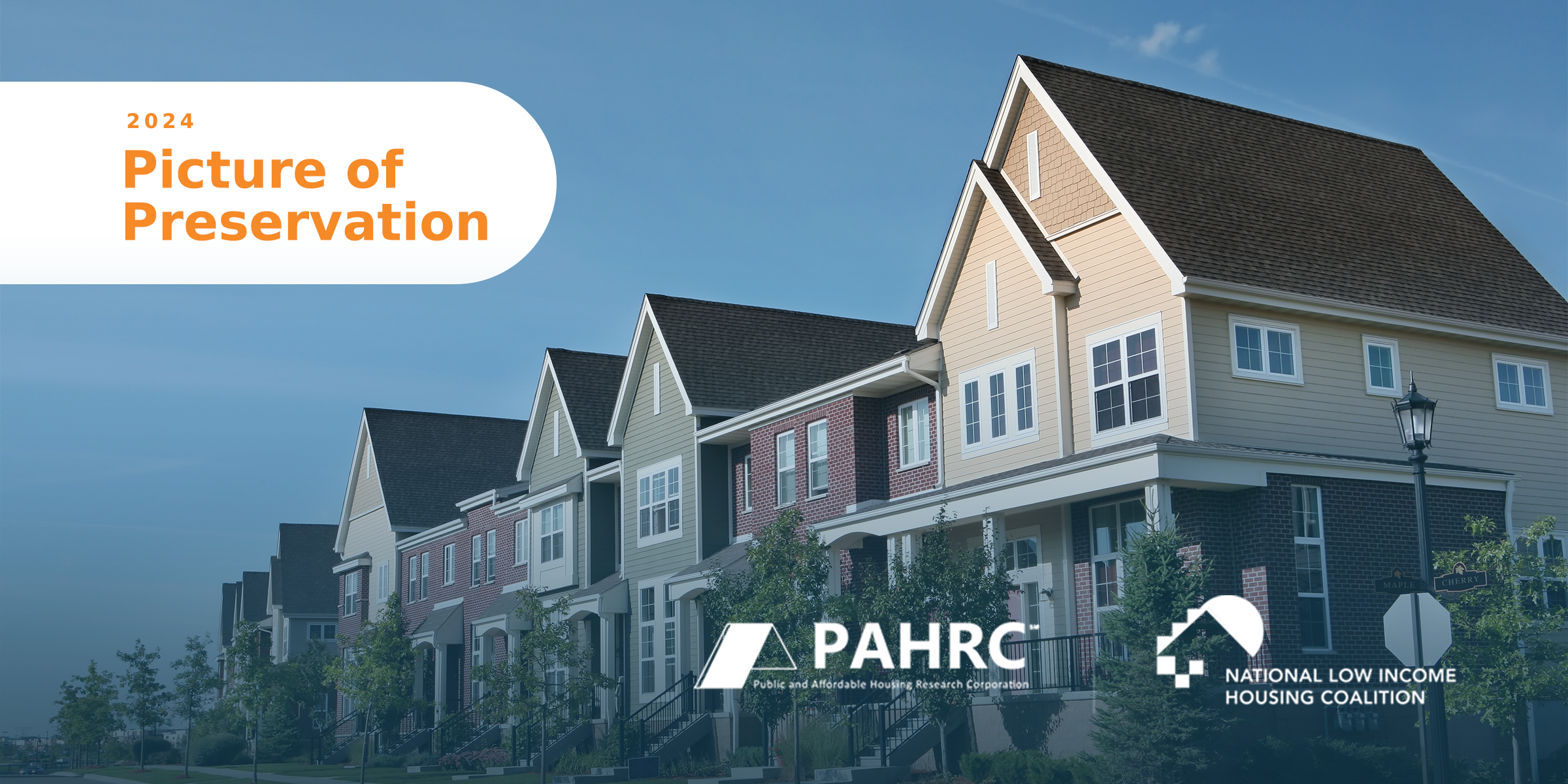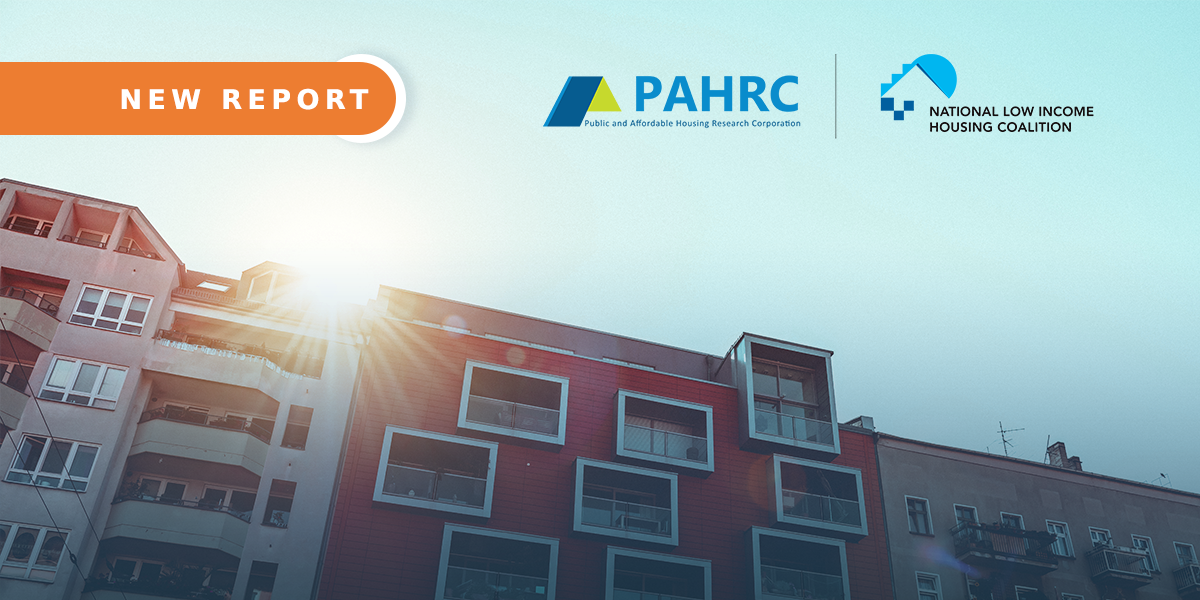While the terms ‘subsidized’ and ‘affordable’ often go hand in hand when most people think about the U.S. affordable housing stock, the reality is that only 25 percent of the country’s affordable rental units receive government subsidies.
The other 75 percent is known as naturally occurring affordable housing (NOAH)—rental properties that are affordable to low- and moderate-income families due to age, amenities, physical condition, or location in lower-cost markets.
But, despite their vast presence, these properties are at a high risk of disappearing due to redevelopment, disrepair, and economic instability. HAI Group spoke with Dr. Hilary Lopez, executive director of Reno Housing Authority in Nevada, and Dunni T. Cosey Gay, director of the Preservation Compact, a Chicago-area policy collaborative, to hear how their organizations have found success with preserving NOAH in their respective communities as a complement to subsidized housing.

HAI Group: Thank you both for speaking with me about your preservation efforts. Hilary, can you share how Reno Housing Authority got involved in owning NOAH?
Hilary Lopez: Sure. Our agency has been in the NOAH market for more than 30 years. Today, we own 275 NOAH units, about 21 percent of our housing stock portfolio. We have another 21 units restricted to 100-120 percent of the local area median income, so we consider them largely unaided as well, accounting for another 1.5 percent of our portfolio. Our NOAH properties reflect the makeup of our entire community – we have studio apartments, mobile homes, duplexes, and four- and five-bedroom single-family homes. And like our public housing, these properties are spread out in nearly every ZIP code in the county.
Our agency started purchasing multifamily complexes in the early 1990s to serve a population that didn’t qualify for programs with income targets, but still needed assistance. Since then, our board has continued to take advantage of good real estate deals, grants, unaided funds, and unrestricted business activity funds to purchase more NOAH units. And, in light of how much the cost of rent and housing have skyrocketed over the past decade in the Reno-Sparks area, this decision has proved to be a prudent move that continues to serve our community well.
 Pictured above is a newer construction, three-bedroom, two-bath single-family home owned by the Reno Housing Authority. This home, located in Reno, is one of the agency’s NOAH units and is leased to low- and moderate-income residents.
Pictured above is a newer construction, three-bedroom, two-bath single-family home owned by the Reno Housing Authority. This home, located in Reno, is one of the agency’s NOAH units and is leased to low- and moderate-income residents.
HAI Group: Besides helping your community, what other benefits are there for a housing agency to invest in NOAH?
HL: For our agency, this investment has created a revenue stream of unrestricted monies to help us meet community needs and advance our mission and goals. It also provides us the flexibility to help house those who might, due to various circumstances, have difficulty qualifying for traditional housing.
HAI Group: So, what’s your secret to being able to maintain and operate these properties as affordable without government support?
HL: Because of our strong financial stewardship, we’re able to address capital projects and keep minor problems from becoming bigger, costlier ones. We’re also fortunate to have these properties under the care of a good third-party property management company.
 Pictured above is a condominium in Reno that the Reno Housing Authority owns as part of its NOAH portfolio. This unit, which received nearly $40,000 in renovations, is one of several units that the housing authority owns in this 200-unit complex. This complex is located in a low-poverty ZIP code, which aligns with the housing authority’s commitment to ensuring that their NOAH properties are located throughout the county.
Pictured above is a condominium in Reno that the Reno Housing Authority owns as part of its NOAH portfolio. This unit, which received nearly $40,000 in renovations, is one of several units that the housing authority owns in this 200-unit complex. This complex is located in a low-poverty ZIP code, which aligns with the housing authority’s commitment to ensuring that their NOAH properties are located throughout the county.
HAI Group: Now, Dunni, you are the director of the Preservation Compact, which is coordinated by Community Investment Corporation, or CIC, a Chicago-area non-profit lender that works specifically with the affordable housing market. Can you tell us more about your organization’s work to support NOAH?
Dunni T. Cosey Gay: The Preservation Compact is a collaboration of partners that includes local government officials, non-profit and for-profit business leaders, and advocacy groups that work together to develop strategies and resources to support the preservation of affordable housing in Cook County, IL. We aim to encourage local stakeholders to think about, advocate for, and create solutions to address issues impacting NOAH owners. By finding resources for these individuals, we hope they can continue building their portfolios, rehab existing buildings, and ultimately keep rents affordable.
CIC, the backbone of the Preservation Compact, provides 360 support to these local entrepreneurs, with everything from financing and policy creation to property management training and neighborhood intervention. And since 1974, CIC has been able to preserve 67,000 units through 2,700 loans totaling $1.6 billion.
HAI Group: Dunni, while we’ve learned that some NOAH owners can be large organizations, as with Reno Housing Authority, we know that that’s not always the case. Who are some of the typical NOAH owners in your region?
DCG: NOAH owners are often everyday people who own a multifamily home – maintenance workers, police officers, teachers, retired workers, and people who inherited a multifamily property to build family wealth. People typically think of the “local entrepreneur” as a small business owner with a neighborhood shop where people purchase supplies. However, a NOAH owner is also a “local entrepreneur,” as their business is to be responsible owners who create affordable and quality housing for tenants.
 Pictured above are Gregory Thomas and Willette Henderson, standing in front of the six-unit affordable housing rental property they purchased in the Auburn Gresham community in Chicago, using Community Investment Corporation for acquisition financing. This couple, who both have full-time employment outside their real estate venture, will oversee all aspects of the building’s maintenance and management.
Pictured above are Gregory Thomas and Willette Henderson, standing in front of the six-unit affordable housing rental property they purchased in the Auburn Gresham community in Chicago, using Community Investment Corporation for acquisition financing. This couple, who both have full-time employment outside their real estate venture, will oversee all aspects of the building’s maintenance and management.
HAI Group: As we’ve seen drastic changes in the housing market over the past few years, what advice would you give to helping NOAH owners prepare for the fluctuations of a tight versus weak market?
DCG: No matter the market's conditions, traditional subsidized housing will always be critical to support extremely low-income renters. In a high-cost market, one of the best strategies to preserve affordability with multifamily buildings is to incorporate units that are subsidized. Housing Choice Vouchers will get the rent paid and allow people access to quality housing in high demand. In addition, a non-profit subsidized owner will know how to manage government subsidized units, which is important due to the regulatory requirements.
In weak markets, financing from a lender is often needed to help NOAH owners sustain more difficult times. In our case, CIC uses capital from Chicago-area financial institutions to provide credit when and where it is needed most. In fact, 90 percent of CIC’s loans are concentrated in Chicago’s south and west side communities, which are historically weak housing market areas.
HAI Group: What should a property owner consider when deciding whether to preserve affordable housing as NOAH or turn it into subsidized rental housing?
DCG: Well, it depends on your capacity – start small and assess what you can handle. If you’re going down the NOAH path, start by visiting your local community development financial institution – ask questions and get recommendations to have an expert weigh in and offer guidance. And consider signing up for property management training.
To explore tax credit deals, join an established group of experts who can provide insights about what it means to be a subsidized owner. Gather information and invest in getting educated and exposed to reputable owners with a proven track record.
 Pictured above is Anthony Oliver (right), founder of Chicago-based Community Venture Investment Corporation, in front of a building he owns and operates in the South Shore neighborhood with his son, Corey Oliver (left), CEO of the property management company Strength in Management. Darris Shaw (center) is a construction inspector with Community Investment Corporation, the lender financing this property.
Pictured above is Anthony Oliver (right), founder of Chicago-based Community Venture Investment Corporation, in front of a building he owns and operates in the South Shore neighborhood with his son, Corey Oliver (left), CEO of the property management company Strength in Management. Darris Shaw (center) is a construction inspector with Community Investment Corporation, the lender financing this property.
HAI Group: Before we go, Hilary and Dunni, what final piece of advice would you like to share with our audience about NOAH?
HL: For interested housing agencies, I recommend meeting with your jurisdictional partners to better understand NOAH's role in your area. Talk with your community partners, too, to see if they can step in, play a part, and discover whether investing in NOAH makes sense for your organization.
DCG: We must continue to put NOAH at the forefront of people’s minds until it is treated as a critical pillar of the housing ecosystem. That means ensuring people are aware and mindful of how we can preserve NOAH properties and recognize the value of maintaining affordable rents as part of neighborhood investment. And we must support our NOAH owners and give small businesses access to capital to create affordable and quality housing for tenants.
HAI Group: Thank you both for sharing this information with us.
To learn more, check out these resources below.
- Need property management training? Explore HAI Group Online Training’s Property Management Learning Pathway and CIC's property management workshops and training to help current and aspiring owner-operators grow and strengthen their business.
- Looking for funding sources to acquire or preserve NOAH? Visit Shelterforce’s website to learn more about available funds.
- Interested in learning more about preservation strategies that address the unique challenges of stock, owners, and markets? Visit the NOAH Clearinghouse for research and resources.
- Have an insurance question about covering NOAH as part of your housing agency’s portfolio? Contact our Account Services team today.
This article is for general information only. HAI Group makes no representation or warranty about the accuracy or applicability of this information for any particular use or circumstance. Your use of this information is at your own discretion and risk. HAI Group and any author or contributor identified herein assume no responsibility for your use of this information. You should consult with your attorney or subject matter advisor before adopting any risk management strategy or policy.





